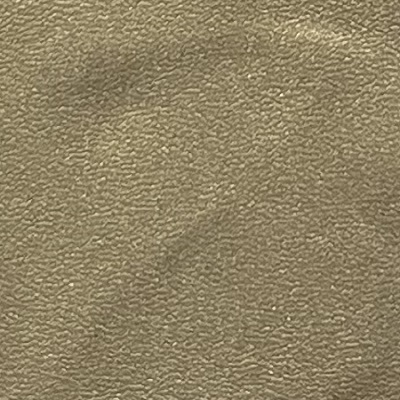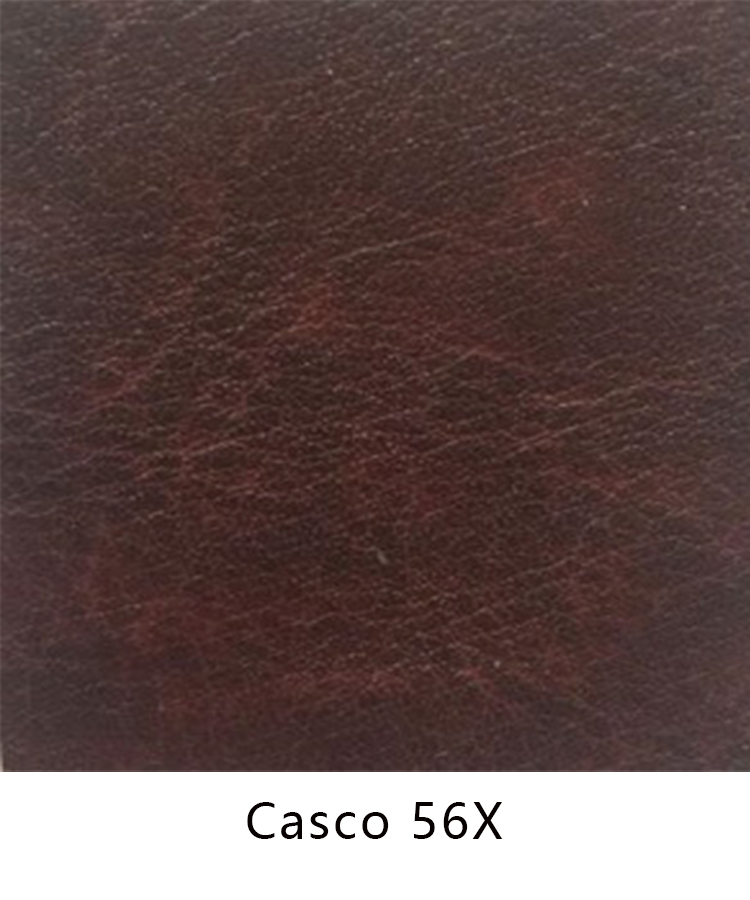Table of Contents
Advantages of Using Artificial Leather for Shoe Manufacturing
Artificial leather, also known as faux leather or synthetic leather, has become increasingly popular in the shoe manufacturing industry. This material is made from a variety of synthetic materials, such as polyurethane or PVC, and is designed to mimic the look and feel of real leather. While some may argue that nothing can compare to the quality of genuine leather, artificial leather has its own set of advantages that make it a viable option for shoe manufacturers.
One of the main advantages of using artificial leather for shoe manufacturing is its cost-effectiveness. Genuine leather can be quite expensive, especially if it is of high quality. Artificial leather, on the other hand, is much more affordable to produce, making it a more budget-friendly option for manufacturers. This cost savings can then be passed on to consumers, making shoes made from artificial leather more accessible to a wider range of people.
In addition to being more affordable, artificial leather is also more versatile in terms of design options. Because it is a synthetic material, artificial leather can be easily manipulated to create a wide range of textures, colors, and finishes. This allows shoe manufacturers to experiment with different styles and looks, giving consumers more options to choose from. Whether you prefer a sleek, polished finish or a more distressed, vintage look, artificial leather can be customized to suit your preferences.

Another advantage of using artificial leather for shoe manufacturing is its durability. While genuine leather is known for its strength and longevity, artificial leather is also quite resilient and can withstand wear and tear over time. This makes shoes made from artificial leather a practical choice for everyday use, as they are less likely to show signs of damage or deterioration. Additionally, artificial leather is often easier to clean and maintain than genuine leather, making it a low-maintenance option for those who lead busy lifestyles.
| Class | Article Name |
| S | Shoe Upper |
Furthermore, artificial leather is a more sustainable choice for shoe manufacturing. Unlike genuine leather, which requires the use of animal hides and can contribute to deforestation and environmental degradation, artificial leather is made from synthetic materials that can be produced in a more eco-friendly manner. By opting for shoes made from artificial leather, consumers can support more sustainable practices in the fashion industry and reduce their carbon footprint.

In conclusion, artificial leather offers a range of advantages for shoe manufacturers and consumers alike. From its cost-effectiveness and versatility in design options to its durability and sustainability, artificial leather is a practical and stylish choice for those looking for high-quality footwear. While genuine leather will always have its place in the fashion world, artificial leather provides a viable alternative that is both fashionable and functional. Whether you are looking for a classic pair of dress shoes or a trendy pair of sneakers, consider opting for shoes made from artificial leather for a stylish and sustainable footwear option.
Sustainable Practices in Artificial Leather Production for Shoe Industry
Artificial leather, also known as faux leather or synthetic leather, has become an increasingly popular material in the shoe industry. As consumers become more conscious of the environmental impact of their purchases, there is a growing demand for sustainable alternatives to traditional leather. Artificial leather offers a cruelty-free and eco-friendly option that is both durable and stylish.
One of the key benefits of artificial leather is its sustainability. Traditional leather production involves the use of chemicals and large amounts of water, as well as the raising and slaughtering of animals. In contrast, artificial leather is typically made from synthetic materials such as polyurethane or PVC, which are more environmentally friendly and do not require the use of animal products. This makes artificial leather a more sustainable choice for environmentally conscious consumers.
In recent years, there has been a push towards more sustainable practices in the production of artificial leather. Manufacturers are increasingly looking for ways to reduce their environmental impact and improve the sustainability of their products. This includes using recycled materials in the production process, as well as implementing more efficient manufacturing techniques to minimize waste and energy consumption.
One of the key challenges in producing sustainable artificial leather is finding alternatives to the harmful chemicals traditionally used in the production process. Many of these chemicals are toxic to both humans and the environment, and can have long-lasting negative effects. In response to this, manufacturers are developing new, more eco-friendly alternatives that are safer for both workers and the planet.
Another important aspect of sustainable artificial leather production is ensuring that workers are treated fairly and ethically. This includes providing safe working conditions, fair wages, and opportunities for professional development. By prioritizing the well-being of their employees, manufacturers can create a more sustainable and socially responsible supply chain.
In addition to sustainability, artificial leather also offers practical benefits for the shoe industry. It is often more affordable than traditional leather, making it a cost-effective option for manufacturers. Artificial leather is also more versatile in terms of design, as it can be easily manipulated to create different textures and finishes. This allows for greater creativity and innovation in shoe design, leading to a wider range of styles and options for consumers.
Despite its many benefits, artificial leather is not without its challenges. One of the main criticisms of artificial leather is its durability compared to traditional leather. While artificial leather can be made to be quite durable, it may not last as long as genuine leather in some cases. However, with advancements in technology and manufacturing processes, the quality of artificial leather is constantly improving, making it a viable alternative for many consumers.
Overall, artificial leather offers a sustainable and stylish option for the shoe industry. By prioritizing sustainability in the production process, manufacturers can create eco-friendly products that appeal to environmentally conscious consumers. With ongoing advancements in technology and a commitment to ethical practices, artificial leather has the potential to revolutionize the way shoes are made, offering a more sustainable and socially responsible alternative to traditional leather.







